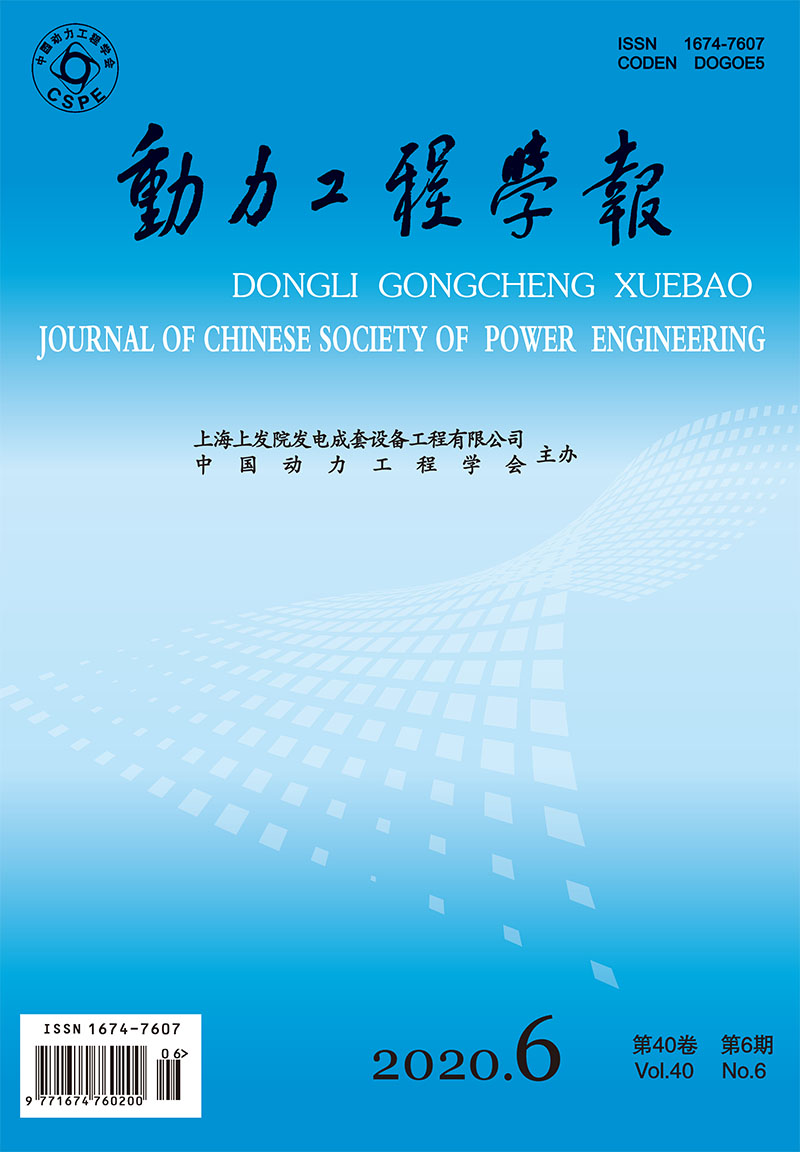Environmental Protection Technology and Equipment
ZHOU Hao, XU Jianuo, ZHOU Mingxi, NI Yuguo
To investigate the immobilization behavior of heavy metals As, Pb, Se and V in a waste SCR catalyst during the process of high-temperature melting treatment, a series of melting experiments were conducted with the addition of composite additive CaO-Fe2O3-SiO2-Al2O3 and coke in a high-temperature tubular furnace, so as to analyze the effects of melting temperature and time on the leaching toxicity and volatilization property of the heavy metals using X-ray diffraction (XRD), scanning electron microscope (SEM) and heavy metal leaching tests. Results show that the heavy metals in waste SCR catalysts could be effectively stabilized by high-temperature melting treatment technology. The melting temperature significantly affects the leaching toxicity and volatilization property of heavy metals in a waste SCR catalyst; the leaching concentration of As, Pb, Se and V decreases remarkably with increasing melting temperature. The volatilization rate follows the order of Pb>Se>As>V, in which the volatilization rate of Pb and Se increases first and then decreases with rising temperature, and that of As and V is close to zero. With the rise of melting time, the leaching concentration of As, Se and V increases first and then decreases, while that of Pb decreases monotonously. The melting time exerts little influence on the volatilization of heavy metals in a waste SCR catalyst.
